Most of the government’s major plans regarding the mining sector have been centered on supporting the downstream sector, and mainly the steel chain, to prevent the exports of unprocessed minerals.
But in the past few years, considering the economic pressures of the U.S. sanctions, the Industry, Mining, and Trade Ministry has changed its approach and is becoming more aware of the significant role of the small-scale mines in developing the country’s mining sector.
Earlier this month, the ministry announced its plans for the promotion of domestic production in the current Iranian calendar year (began on March 20) which has been named the year of “Surge in Production” by the Leader of Islamic Revolution Seyed Ali Khamenei, among which five major programs were defined regarding the promotion of the mining sector.
Although these plans are a positive sign of the government’s willingness for taking a more holistic approach toward this sector, a close look at the programs reveals that there is still a long way ahead.
To explore how the government and especially the Industry Ministry could offer support for this sector, Tehran Times interviewed Sadjad Ghorqi, who is the deputy head of Iranian Association of Producers and Exporters of Mineral Products and also a board member and the deputy head of Iran Chamber of Commerce, Industries, Mines and Agriculture (ICCIMA)’s Mines and Mining Industries Committee.
Small mines and the industry
According to Ghorqi, currently, more than 10,000 licenses are registered by the industry ministry for mining operations across Iran, more than 96 percent of which are for small-scale mines.
“Small mines are the heart of the industry and they are the main driver of this sector,” the expert said.
Unfortunately, due to their dispersal and the difficulty in attracting capital and investment, such production units are vulnerable during the economic hardships and they are most likely to be bankrupted when faced with such situations.
In the past few years, after the imposition of the U.S. sanctions on the country, attracting foreign investment become much harder for the mining sector and access to machinery and technical services also become very limited; as a result, many of the country’s small mines were forced to reduce their operations and even completely close down.
The government, however, saw the solution in focusing more on the bigger production units and supporting the downstream sector for exporting products with more value-added to offset the losses in the country’s oil revenues
In September 2019, the government levied a 25-percent duty on the exports of raw minerals (especially iron ore), an act which meant the upstream sector (which is mainly comprised of small mines) were technically deprived of their right to export and generate revenue and were left with no choice but to sell their products to the big companies (which already have the government support) for much lower prices.
The time for change
Asked about the effectiveness of the Industry, Mining and Trade Ministry’s plans for reviving the small mines, Ghorqi said: “Such project-oriented programs are by no means enough, it doesn’t do any good to identify some idle mines and provide them with some facilities to reopen and then force them into a cycle of generating fewer revenues.”
Having products with more added value is a good thing, but sometimes the government must compromise to keep both downstream and upstream alive and active, he explained.
A look into the global markets indicates that in the current conditions the demand for processed products like steel ingot is not as much as the demand for raw minerals and the government is somehow taking from the upstream sector and giving to the downstream.
All around the world, there is a standard ratio between the prices of raw minerals like iron ore concentrate and pellets and the ingot prices (that means the base price for raw materials is a ratio of the base price for the finished ingot product).
For instance, the global ratio for iron ore concentrate price to the steel ingot base prices is normally around 26 percent, but in Iran, this ratio is only 16 percent. As for the pellets, the global ratio is around 32 percent while in Iran the figure is only 24 percent.
“I don’t agree with selling unprocessed materials, but I believe the government should set its price ratios based on global standards and give both sectors equal chances for growth.”
This article was first published at the Tehran Times



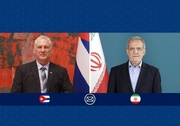
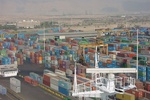


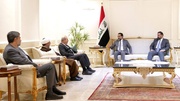

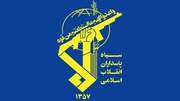












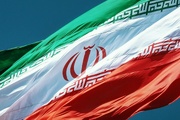
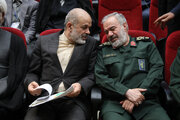


Your Comment